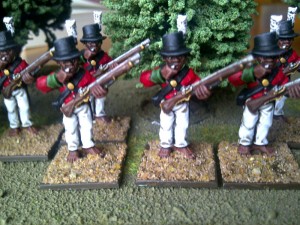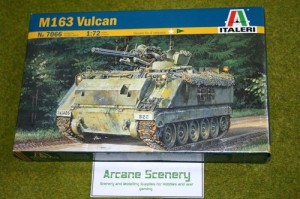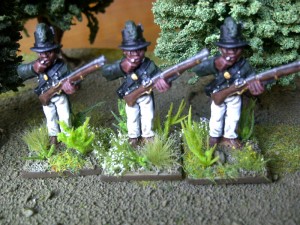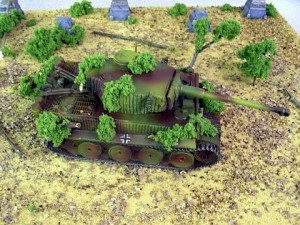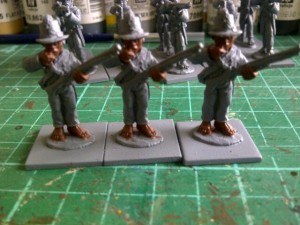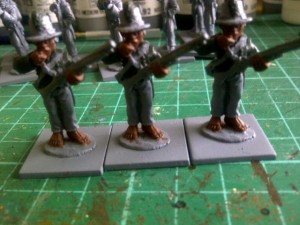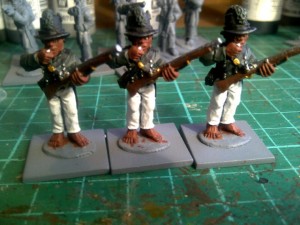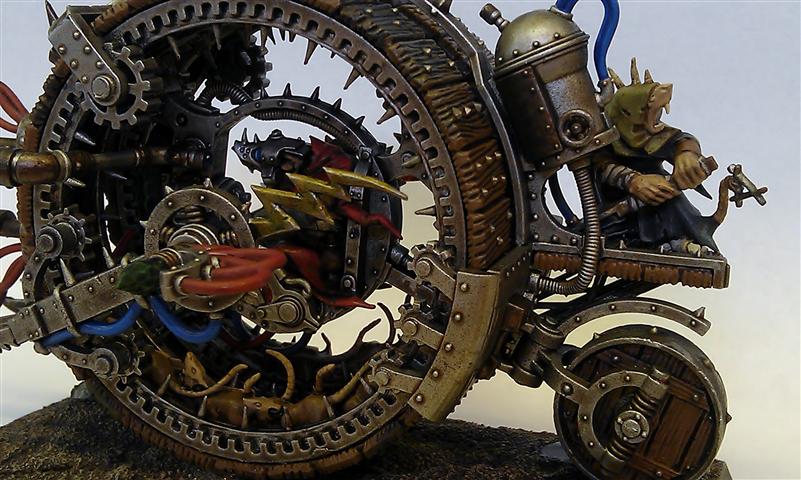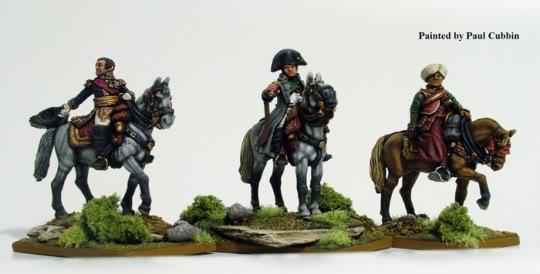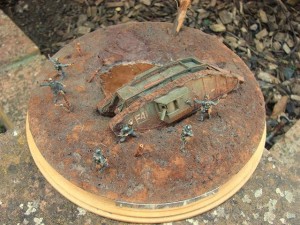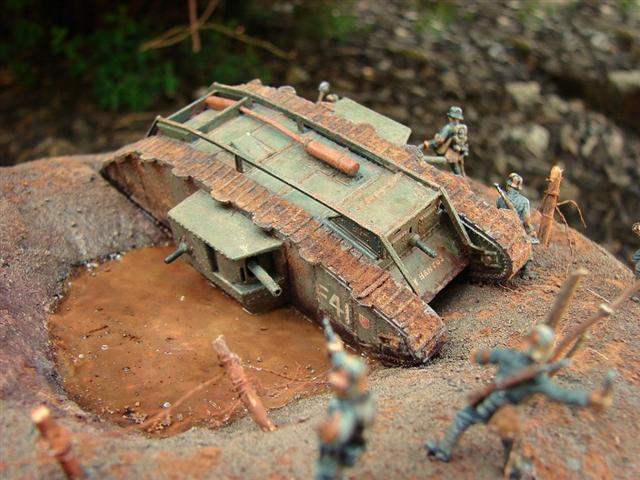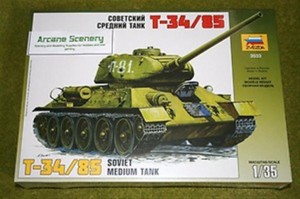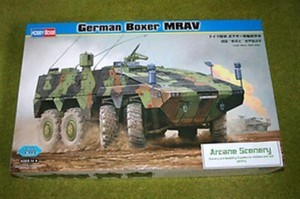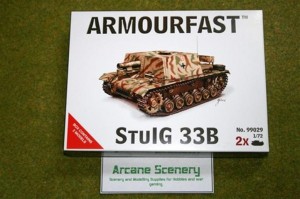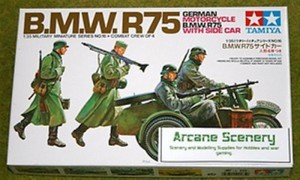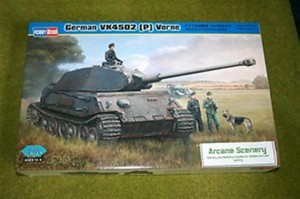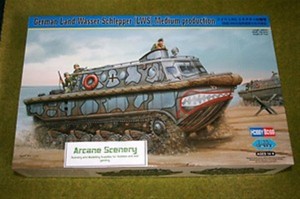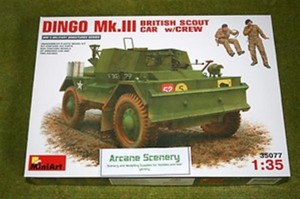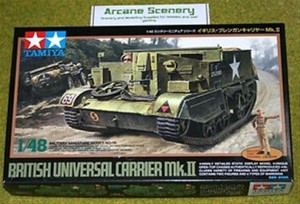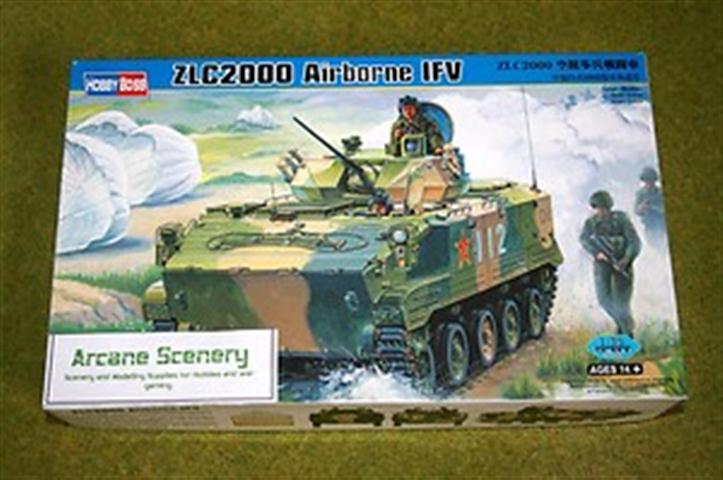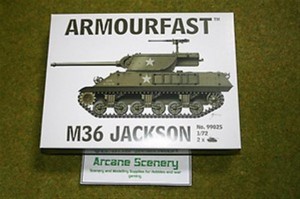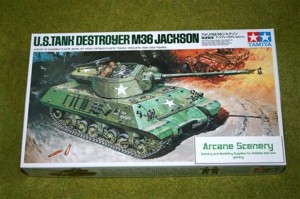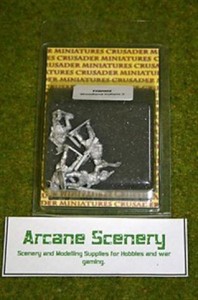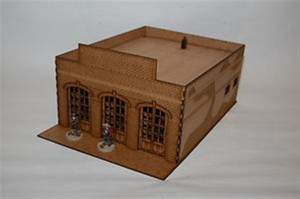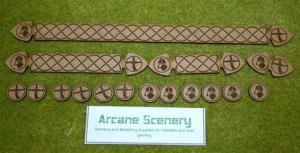Well, having finished my first unit of Caribbean figure, the Chasseurs de Irios, I thought that I would carry on and paint the Chasseurs de Ste Domingue, also based in Haiti and of course from Trent miniatures. The uniforms are very similar, except that the coats were red and the headwear more like a traditional shako with a white plume.
Rather than go through the stage by stage painting, I’ll just give you the colours that I used, as the process is very similar. All the paints are vallejo as usual! The flesh is mahogany brown, 846, red, 957 for the coats, equipment & hats were painted in black, 950, muskets were painted with flat brown 984 for the wood, 801 brass for the gun details & belt clasp & steel 864 for the musket barrel & buttons. the facings were painted in green 968, which is probably a bit brighter than it should be but my preference is for the colours on the facings to show! Finally the trousers were finished with off white, 820.
The other difference was that despite my previous comments, I decided to paint over a white under coat and I used the Vallejo matt white spray, which I find gives a perfect base coat to paint over provided you are patient and build the undercoat and not ‘drench’ than models to start with. The reason I usually use a coloured undercoat, is to save on painting when using quick shade. Of course, I am used to painting Redcoats with grey trousers, so it made sense to undercoat in grey. As these figures have white trousers, I’ve reverted back to a white undercoat.
Once the figures were painted, I gave them a coat of Army painter quick shade, the dark tone or black variety, and when this was dry, I sprayed them with matt varnish to get rid of the gloss effect. The quick shade does tend to ‘dirty down’ the white too much for my taste so I have repainted the plumes with a pure white, 950 and used the off white 820 to highlight the trousers.
I also used the base colours listed above with a bit of Off white to give some extra highlights on the muskets, facings & hats & straps. Once again, the basing will follow exactly the same procedure as the previous unit. So here’s a picture of the finished figures just before the final touches on the basing.
So that’s two units of twelve ready for the gaming table. The next unit on the paint station is the 60th rifles!
The products used are available in my shop and are as follows:
Trent Miniatures Chasseurs Ste Domingue Car06
Vallejo Paints & white under coat

